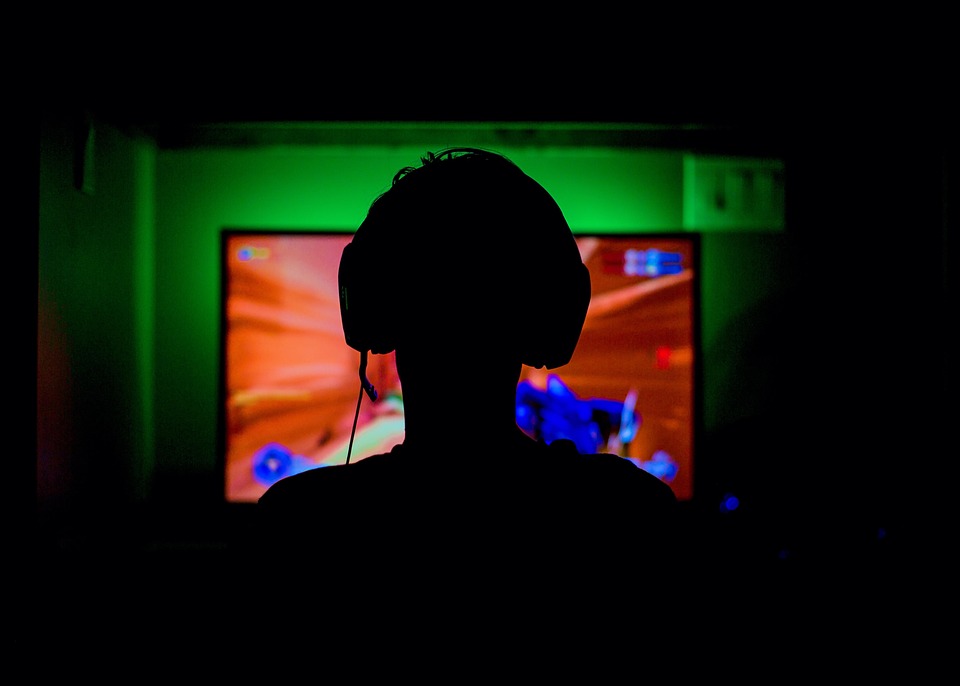In the last two decades, competitive gaming, or esports, has transformed from a niche subculture into a global phenomenon. This rapid growth has not only cultivated a massive player base but also reshaped the landscape of entertainment, leading to a surge in esports broadcasting. The evolution of how esports events are presented, shared, and consumed has played a crucial role in elevating the entire industry. Let’s take a closer look at the journey of esports broadcasting and what it means for the future of gaming entertainment.
The Early Days: From LAN Parties to Online Streams
Esports broadcasting has its roots in the late 1990s and early 2000s, largely fueled by LAN (Local Area Network) parties. Gamers would gather in rooms to compete in titles like "StarCraft" and "Quake," while spectators watched, often anxiously leaning over their friends’ shoulders. This camaraderie and thrill led to the first attempts at broadcasting, often through dedicated gaming websites and forums, where enthusiasts would share match replays and commentary.
As internet connectivity improved, live broadband streaming platforms began to emerge. In the mid-2000s, sites like Own3d and Justin.tv (later incorporated into Twitch) allowed players to stream their gameplay in real-time to audiences online. Although initially limited in scope, these platforms laid the groundwork for professional esports broadcasting, allowing fans to witness competitions live from their homes.
The Rise of Twitch: A Game-Changer in Broadcasting
The launch of Twitch in 2011 was a watershed moment for esports broadcasting, marking a significant turning point. Twitch provided a dedicated platform for games and gamers, allowing streamers to reach vast audiences without the need for expensive broadcasting equipment or complex setup.
This democratization of content creation opened the floodgates for a new generation of commentators, analysts, and broadcasters. Events like the "League of Legends" World Championships and "The International" for Dota 2 quickly drew millions of viewers, with broadcasting professionals bringing their expertise to the table. With features such as chat interactivity, subscription models, and ad revenues, Twitch cultivated an ecosystem where both content creators and fans thrived.
The Era of Professionalization: Production Quality and Commentator Expertise
As esports gained traction, the quality of broadcasting began to improve significantly. Major tournaments shifted from makeshift studios to fully equipped arenas, complete with high-definition cameras, professional audio equipment, and intricate live production budgets. Events like ESL One, DreamHack, and the Overwatch League brought a level of professionalism previously reserved for traditional sports broadcasts.
Commentators and analysts became pivotal in enhancing the viewing experience. The best ones transformed into celebrities in their own right, often having the ability to articulate complex gameplay mechanics while entertaining large audiences. This rising standard created a demand for not only knowledgeable commentators but also immersive storytelling to engage viewers emotionally, effectively turning major esports tournaments into full-fledged entertainment spectacles.
Innovations in Broadcasting: Technology and Accessibility
As technology continues to evolve, so too does esports broadcasting. The rise of augmented reality (AR) and virtual reality (VR) is shaping the future, offering immersive experiences that transport viewers directly into the action. These innovations aim to recreate the electric atmosphere of live events, providing fans with a sense of presence that enhances their overall engagement and enjoyment.
Additionally, accessibility plays a vital role in the evolution of broadcasting. Platforms are increasingly catering to diverse audiences by offering multiple language options, closed captioning, and tailored experiences for viewers with disabilities. The goal is to make esports an inclusive experience for everyone, ensuring that the excitement of competitive gaming is available for all.
The Global Landscape: Beyond Borders
Esports broadcasting has transcended geographical boundaries, creating a truly global community. Major tournaments attract players and fans from all around the world, resulting in an influx of diverse content and cultural representation. As esports becomes a global sport, broadcasters must adapt to regional trends, norms, and preferences, leading to a more localized viewing experience.
Partnerships between game developers, teams, and media organizations have opened doors for international collaborations, further driving the growth of esports broadcasting. The investment from traditional sports entities has also institutionalized the industry, making it an integral part of broader cultural conversations.
The Future of Esports Broadcasting
Looking ahead, the future of esports broadcasting seems bright. With an increasing number of universities offering esports programs, more competitions are set to emerge, which in turn will lead to innovative broadcasting formats. Coupled with advancements in machine learning and artificial intelligence, we are likely to see data-driven broadcasting paired with real-time analytics, offering viewers richer insights into game dynamics.
As brands invest more heavily in esports sponsorships, it opens up exciting possibilities for new broadcasting collaborations that could introduce creative ways of storytelling. The challenge remains to sustain the momentum while retaining authenticity—an essential component that fans cherish.
In conclusion, the evolution of esports broadcasting reflects a fascinating intersection of technology, culture, and entertainment. From humble beginnings to sophisticated productions, esports has carved out its niche in the public consciousness, and as it evolves, we can expect even more dynamic developments in how gaming is experienced and enjoyed by millions around the globe. Whether you’re a player, a fan, or a newcomer, the world of esports broadcasting is one to watch—after all, the best is yet to come.



